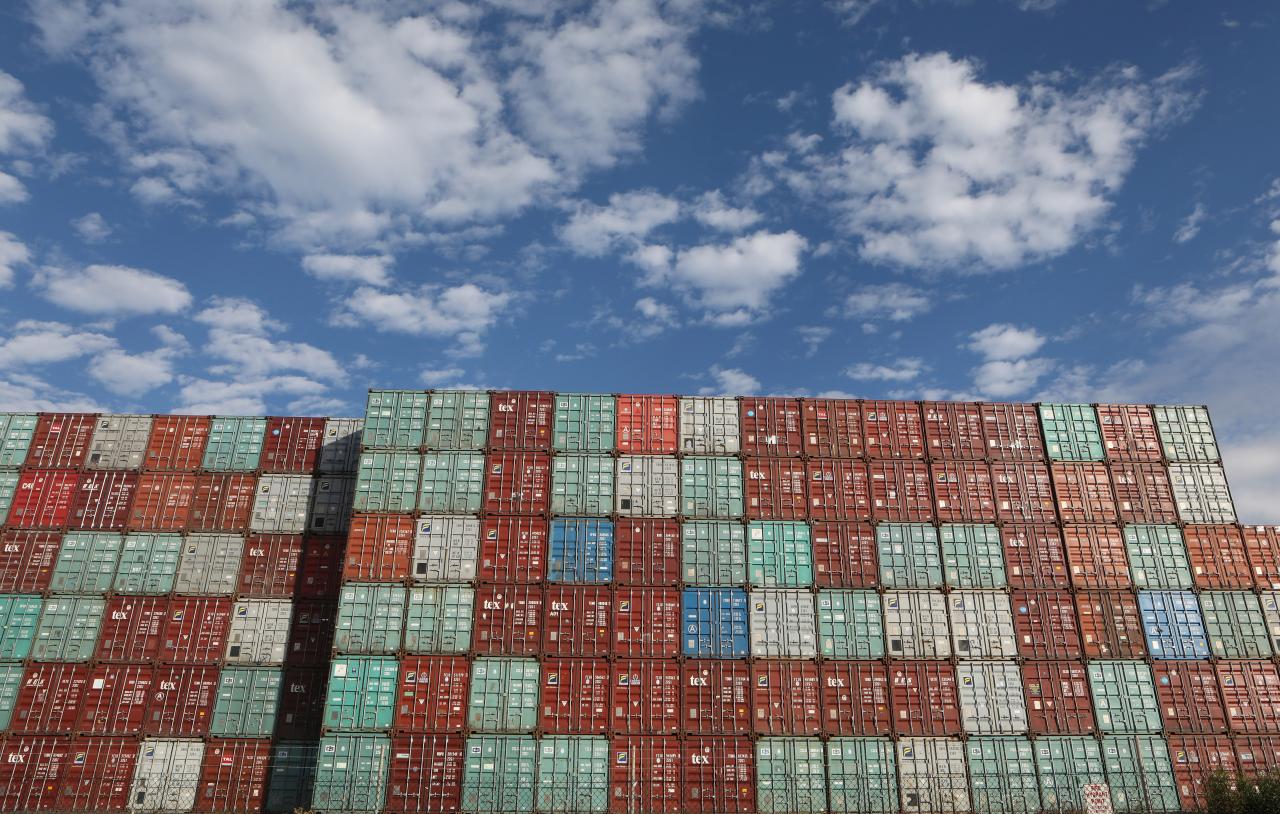Australian government spending, trade add to economic growth in second quarter

SYDNEY (Reuters) - Australian government spending made another welcome contribution to economic growth last quarter, as did exports of farm goods and liquefied natural gas in a sign the country had likely sealed its 27th year without a recession.
Tuesday’s figures from the Australian Bureau of Statistics (ABS) showed government spending rose 1 percent in the second quarter to an inflation-adjusted A$107.7 billion ($77.52 billion).
Public spending accounts for almost a quarter of annual gross domestic product (GDP) and has been a major driver of growth over the past year or so.
Other data showed net exports added around 0.1 percentage points to GDP in the quarter, thanks in part to strength in rural goods, energy and tourism.
Australia’s current account deficit still widened to A$13.5 billion as the country paid out more investment income than it brought in, partly to fund its A$1 trillion in net debt.
“But underneath the headlines there is more good news than bad,” said Sarah Hunter, head of macroeconomics Australia for BIS Oxford Economics. “Goods export volumes rose 1 percent on the quarter, driven by rural produce and commodities, and services continue to perform well.”
The GDP report is due on Wednesday and is forecast to show growth of 0.7 percent in the June quarter, from the March quarter when it rose 1.0 percent.
Annual growth likely slowed to a still-solid 2.8 percent, from a surprisingly rapid 3.1 percent the previous quarter.
The Reserve Bank of Australia (RBA) is still predicting growth a little above 3 percent for this year and next, with a boom in infrastructure spending a big part of that expansion.
This is one reason the RBA is considered certain to leave interest rates at an all-time low 1.50 percent for the 23rd straight policy meeting later in the day.
The bank has emphasised that, while the next move will likely be up , there is no rush to hike given wage growth and inflation remain uncomfortably low.
An added reason for caution was a recent increase in mortgage rates by Westpac , as it sought to protect profit margins in the face of higher wholesale funding costs.
Fears of a global trade war and strains in emerging markets have only reinforced investors’ suspicions that rates will stay low for a long time to come.
Interest rate futures <0#YIB:> imply less than a 50 percent probability of a hike for all of next year.







